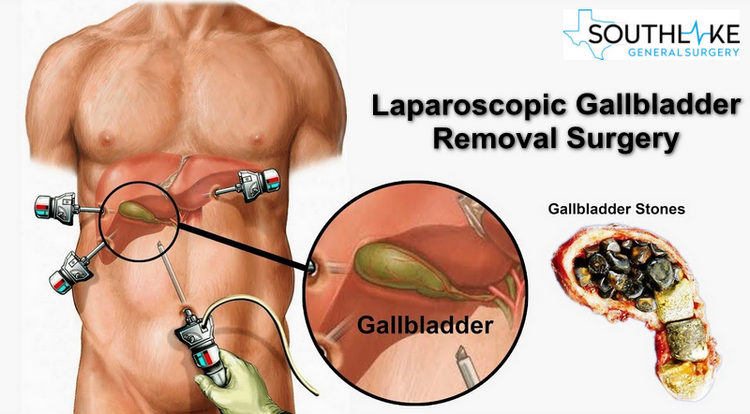The gallbladder is present in the liver and its function is to store the bile juice produced by the liver. The bile juice adds-in the digestion process by breaking dietary fats. There a lot of reasons where surgical gallbladder removal is required.
Laparoscopic removal of the gallbladder is gaining attention among the patient. Let’s know more about Laparoscopic Gallbladder Removal.
Why is a laparoscopic gallbladder removal performed?
Following are gallbladder conditions that are treated by the gallbladder surgery:
- Biliary dyskinesia- It is a condition of gallbladder where it is unable to empty bile juice.
- Choledocholithiasis- Blockage in bile duct caused due to gallstones.
- Cholecystitis- Inflammation of the gallbladder
- Pancreatitis- an inflammation of the pancreas that is related to gallstones
Risks of laparoscopic gallbladder removal
The laparoscopic procedure is safer as compare to the open surgery but there are risks and complications associated with all the surgical procedures.
The risks of laparoscopic gallbladder removal include:
- bleeding
- heart problems, such as a rapid heart rate
- allergic or adverse reaction to anesthesia or other drugs
- damage to blood vessels
- infection
- blood clot
- injury to the bile duct, liver, or small intestine
- pancreatitis
How do you prepare for laparoscopic gallbladder removal?
Following are the test and procedure that you will be asked to go for by the surgeon or doctor before the surgery:
- blood tests
- imaging tests of your gallbladder
- a complete physical exam
- a review of your medical history
How is a laparoscopic gallbladder removal performed?
Laparoscopic Gallbladder surgery procedure is the minimally invasive surgical procedure; surgical procedure starts with the general anesthesia. The tube is placed in the throat for the oxygen supply. The surgeon begins surgery with four incisions on the abdomen, an incision is made to pass the light camera and to guide the tube.
The tube is passed through the incision to inflate your stomach with the gas so as a surgeon has space to work and the camera will provide the look of your inside which is helpful to the surgeon. After the removal of the gallbladder, the surgeon will then use an X-ray to check the problem in your bile duct. If everything is fine surgeon will stitch up the incision and you will be bought to the room where you can recover from the anesthesia.
What happens after laparoscopic gallbladder removal?
Following are the thing you need to check after the surgery:
- Diarrhea after the gallbladder removal is rare but can happen.
- You need to take care of the incision to avoid any infection.
- Recovery will take time; you can return to a normal routine after a week.
Note: There is recurrence of pancreatitis in half of patients within 6 weeks if gallbladder is not removed. The surgery to remove the gallstones and the gallbladder is called cholecystectomy.

